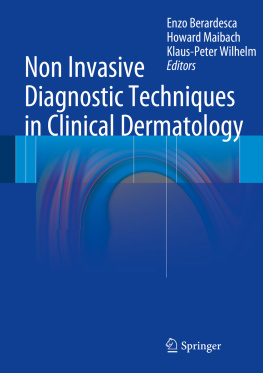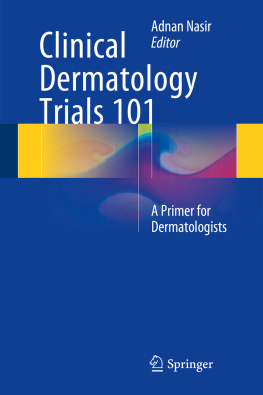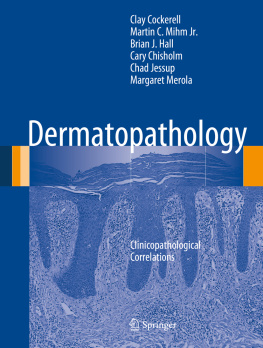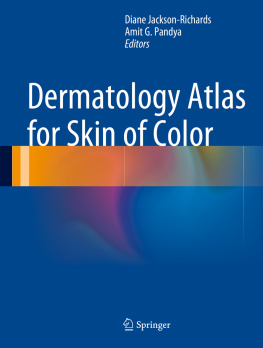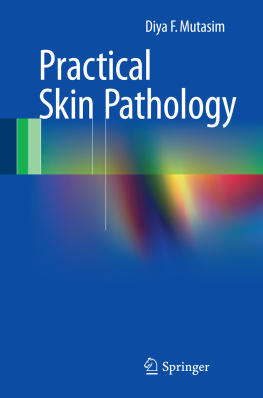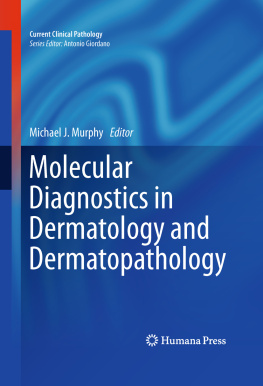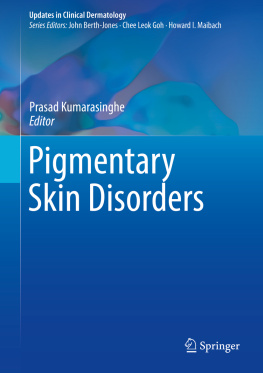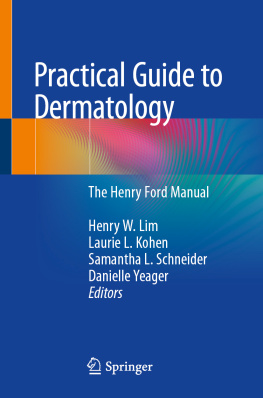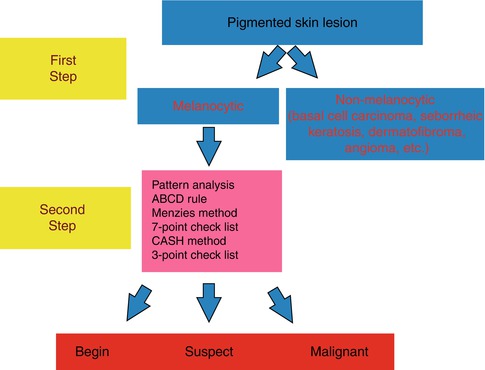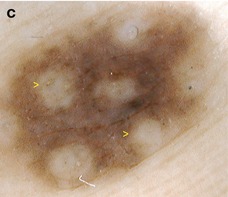Enzo Berardesca (editor) - Non Invasive Diagnostic Techniques in Clinical Dermatology
Here you can read online Enzo Berardesca (editor) - Non Invasive Diagnostic Techniques in Clinical Dermatology full text of the book (entire story) in english for free. Download pdf and epub, get meaning, cover and reviews about this ebook. year: 2013, publisher: Springer, genre: Art. Description of the work, (preface) as well as reviews are available. Best literature library LitArk.com created for fans of good reading and offers a wide selection of genres:
Romance novel
Science fiction
Adventure
Detective
Science
History
Home and family
Prose
Art
Politics
Computer
Non-fiction
Religion
Business
Children
Humor
Choose a favorite category and find really read worthwhile books. Enjoy immersion in the world of imagination, feel the emotions of the characters or learn something new for yourself, make an fascinating discovery.
- Book:Non Invasive Diagnostic Techniques in Clinical Dermatology
- Author:
- Publisher:Springer
- Genre:
- Year:2013
- Rating:4 / 5
- Favourites:Add to favourites
- Your mark:
Non Invasive Diagnostic Techniques in Clinical Dermatology: summary, description and annotation
We offer to read an annotation, description, summary or preface (depends on what the author of the book "Non Invasive Diagnostic Techniques in Clinical Dermatology" wrote himself). If you haven't found the necessary information about the book — write in the comments, we will try to find it.
This book is a comprehensive but compact guide to the latest technical and technological developments in the growing field of non invasive diagnosis in clinical dermatology. Information is provided on the practical and technical characteristics of a wide range of equipment and methods for in vivo measurements that aid in the investigation of skin function, the evaluation of topically applied products and the monitoring of skin disease. Individual sections are devoted to imaging techniques, skin analysis, superficial skin analysis, skin mechanics, water and stratum corneum hydration and erythema and blood flow. All of the authors are experts in the field, with detailed knowledge of the techniques they describe. Non Invasive Diagnostic Techniques in Clinical Dermatology will be of value for all dermatologists, whether they are engaged in delivering patient care or in research programs, for cosmetic scientists and for biologists involved in skin research and product assessment.
Enzo Berardesca (editor): author's other books
Who wrote Non Invasive Diagnostic Techniques in Clinical Dermatology? Find out the surname, the name of the author of the book and a list of all author's works by series.

